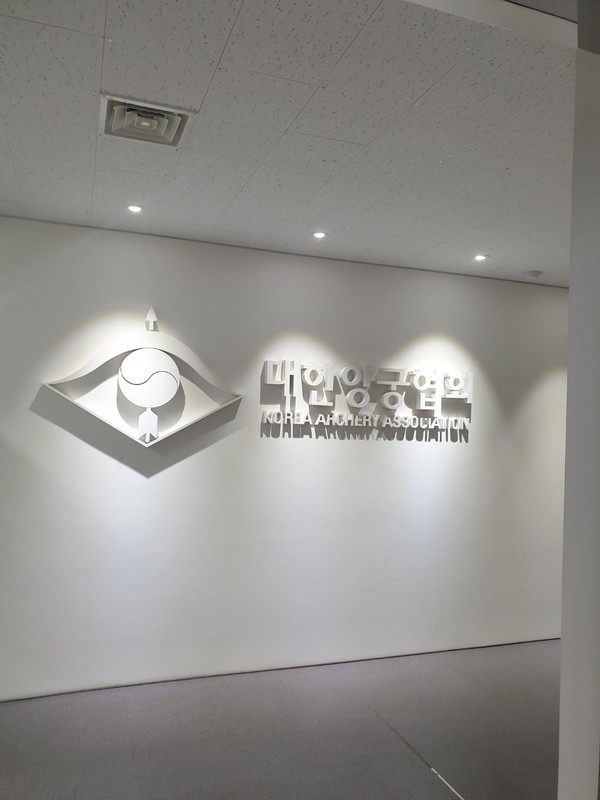In the Tokyo 2020 Summer Olympics, which was held from July 23 to August 8, 2021, South Korea performed extraordinarily in archery. Korea won gold medals in archery with six athletes in the mixed team competition, the women’s team competition, the women’s individual competition, the men’s individual competition, and the men’s team competition, winning four out of five events. In particular, this Olympic game was special because mixed team competition was first established. In particular, Korea won nine consecutive gold events in women’s team events since the 1988 Seoul Olympics. An San gained the title first to win three gold medals in archery at the Summer Olympic history. South Korea was expected to perform well even before the games, as it has been considered strong in archery, winning eight consecutive women’s team events before the 2020 Olympics. Interest in Korean archery is increasing as new sports stars of young age who have done well at the 2020 Olympics are drawing attention. Therefore, The UOS Times found the history of the Korean archery and why Korea is strong in archery.

Archery has become an official Olympic sport at the 1972 Summer Olympics. The name “Yang-gung (archery, in English)” combines the Chinese character “Yang” meaning “Western” and “Gung” meaning “archery,” which is to distinguish a traditional Korean bowmanship. South Korea has won 43 medals in archery in the Olympics since 1972, including 27 gold medals. Korea has 27 more medals than the U.S., which ranked second in the Olympic archery medal rankings. As the overwhelming medal performance proves, the status of the Korean archery is global.
To explain the situation in which Korea shows strength in archery, the following reasons are cited.
First, it is due to the fairness in selecting players. Archery is a sport in which a winner is determined by adding up the score of the arrows hitting the target. Therefore, the possibility of the referee’s subjectivity being involved in judging winners is significantly less than in other sports. Due to the peculiarity of this sport, players are selected only with the skills that they were shown in the competition. Thus, the selection of players is more transparent than in other sports where subjective judgments can exist. To achieve this, the Korea Archery Association has made significant efforts. It is known to exclude external factors of athletes, such as the region of origin, educational background, or award history, to choose the members of the national team. Ki Bo-bae, a Korean archery gold medalist, said that the potential of the Korean archery comes from “transparency, fairness and infinite competition.” Kim Je-deok is a living proof. He participated in the 2020 Olympics and was selected by the national team. He was unable to play in the selection match last year because of his injury. However, he was able to get another chance this year due to the postponement of the Olympics due to COVID-19. In other words, the Korea Archery Association decided to select the national team again to keep the principle of selecting players every year, even though the members of the national team were already decided. With the principle that the best shooter will compete in the Olympic games, the association reaffirmed players’ skills. Therefore, An San and Kim Je-deok, the top stars of the 2020 Olympics, were able to participate in the 2020 Olympics. Because of such a fair and intense selection match, the archery athletes often say, “It is more difficult to be selected as a national team than to win a global competition.”
Second, economic support in archeries is being actively provided. Hyundai Motor Group, a Korean conglomerate, sponsored the Korea Archery Association since 1985. The Hyundai Motor Group has made efforts to scientificize sports by providing state-of-the-art training equipment and investing in developing a good bow. They also have invested in infrastructure, such as supporting youth players, holding various domestic competitions, and creating dedicated stadiums. In addition, most of the players belonged to local governments’ teams. Although archery is an unpopular sport that has not been popularized in Korea, local governments have been enthusiastic about sponsoring athletes.
Third, Korean archers are famous for developing their skills through scientific and systematic training. This is because improving adaptability for a real match is essential because the result of the game is divided owing to a slight error. The players play a mock game in various situations that may occur when the game is played. The national team of the Tokyo Olympics practiced in a simulated archery field that was modeled after the stadium where they would perform in Tokyo. They also used on-site announcements in English and Japanese, audience noise, and camera shutter sounds to produce various sound effects. They practiced controlling movement and adapting to situations without audiences due to the spread of COVID-19. The story of practicing on a windy island is also famous.
In other words, it can be concluded that the Korean archery holds its ground thanks to the environment in which players are evaluated based on fair sportsmanship and actively fostered and invested in the pool of players.

Many historical figures in Korea are known to shoot arrows. Therefore, some Koreans looking at the athletes who do well in archery say, “Korean people have historically been good bow-shooters, so we can have good results in archery.” However, it would be right to attribute Korea’s strong performance in archery to active investment and fair selection of players, rather than genes or ethnicity. With several sports events being implicated in the scandals over the opaque selection and unfair treatment of athletes, they have to emulate this positive aspect of archery.

